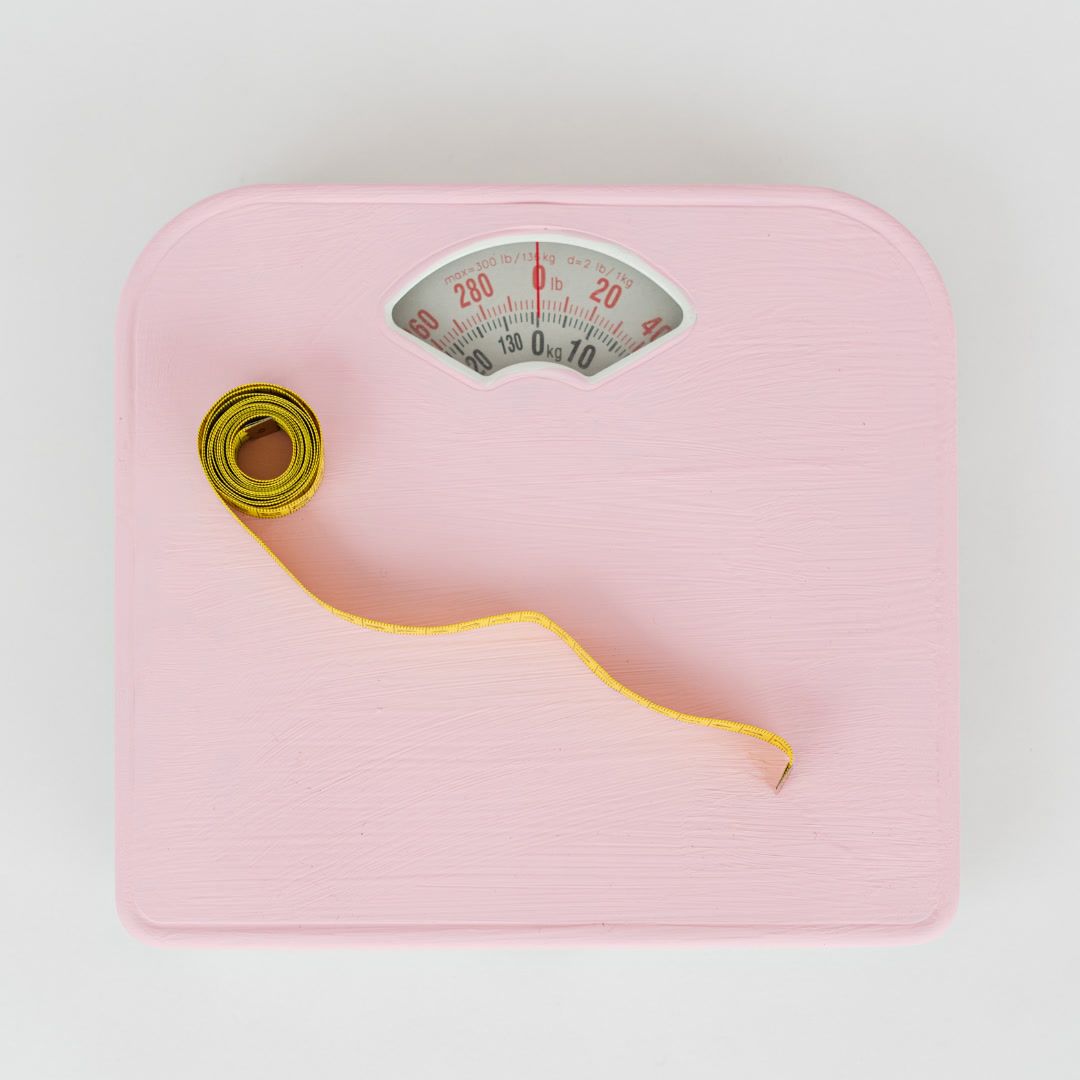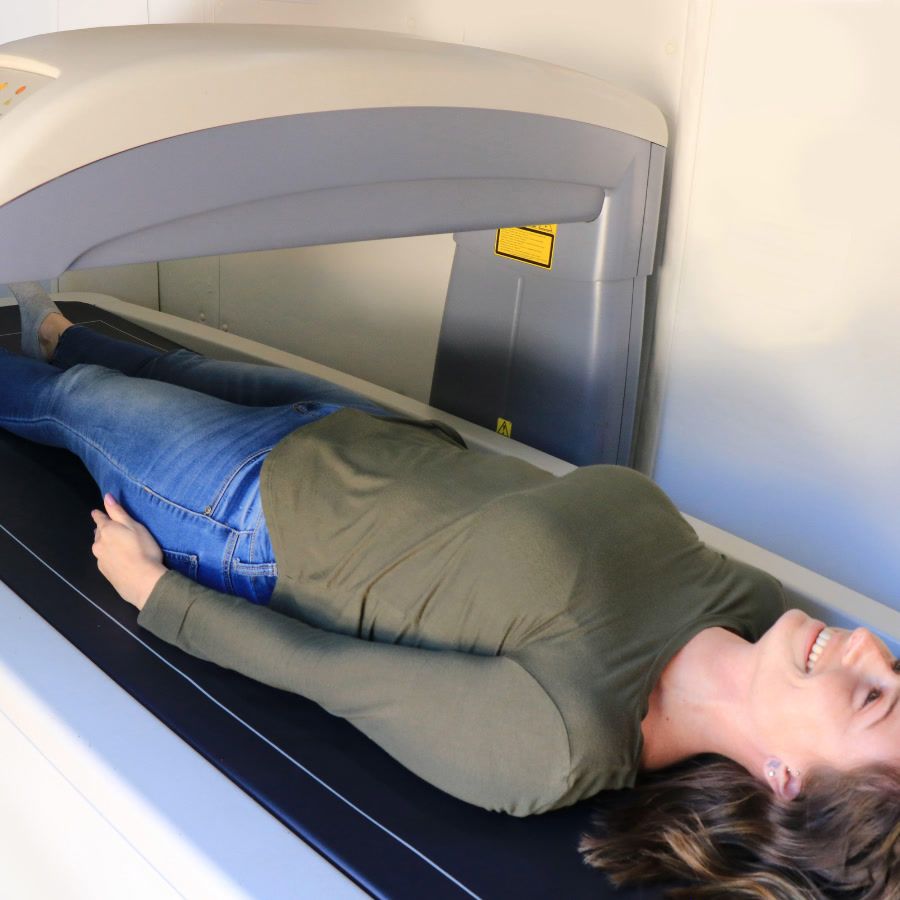How Much Running to Lose Weight?

How Much Running to Lose Weight? A Data-Driven Guide
Running is a high-impact, weight-bearing exercise that activates most of the lower-body and core musculature—meaning you burn calories quickly in a relatively short time. But exactly how much pavement do you need to pound before the scale starts budging? Spoiler: the answer isn’t a single magic number of miles—it’s a blend of calorie math, smart training structure, and recovery tactics. In this guide you’ll learn how to estimate your personal “miles-to-pounds” equation, choose a plan that fits your schedule, and use BodySpec DEXA scans to verify that the weight you’re losing is fat, not lean muscle.
Why Running Works for Weight Loss
- High Calorie Cost per Minute. As a weight-bearing movement, running makes you propel your own body mass with every stride, elevating energy expenditure to roughly 10–15 calories per minute for many adults (depending on weight and pace) Verywell Health.
- Afterburn Effect (EPOC). Intense bouts such as hill sprints elevate metabolism for up to 24–48 hours post-workout, according to laboratory studies on excess post-exercise oxygen consumption Schuenke et al., 2002.
- Appetite Regulation. High-intensity runs can temporarily suppress the hunger hormone ghrelin, making it easier to maintain a calorie deficit Healthline.

The Calorie Math: How Many Calories Does Running Burn?
A classic rule of thumb is ≈100 calories per mile. A more precise estimate comes from the American College of Sports Medicine (ACSM) running energy-cost equation—about 0.75 calories per pound of body weight per mile (0.9 kcal·kg⁻¹·km⁻¹). Source: ACSM Guidelines for Exercise Testing & Prescription, 11th ed.
Quick Formula (ACSM-Based)
Calories Burned ≈ 0.75 × Body Weight (lb) × Distance (mi)
Example: A 180-lb runner covering 3 miles burns ≈ 0.75 × 180 × 3 ≈ 405 calories. You can compare this to over 150 other activities using our Calories Burned Calculator.
Factors That Nudge the Number
| Factor | Effect on Calorie Burn |
|---|---|
| Body Weight | Heavier runners burn more per mile because they move more mass. |
| Pace & Intensity | Faster speeds boost burn per minute, but per-mile numbers change only modestly. |
| Terrain & Grade | Hills or trails significantly raise energy cost. |
| Running Economy | Experienced runners use less oxygen, lowering burn at a given speed. |

How Much Running to Lose One Pound of Fat
It takes a deficit of ≈3,500 calories to drop one pound of body fat. Using the ACSM formula:
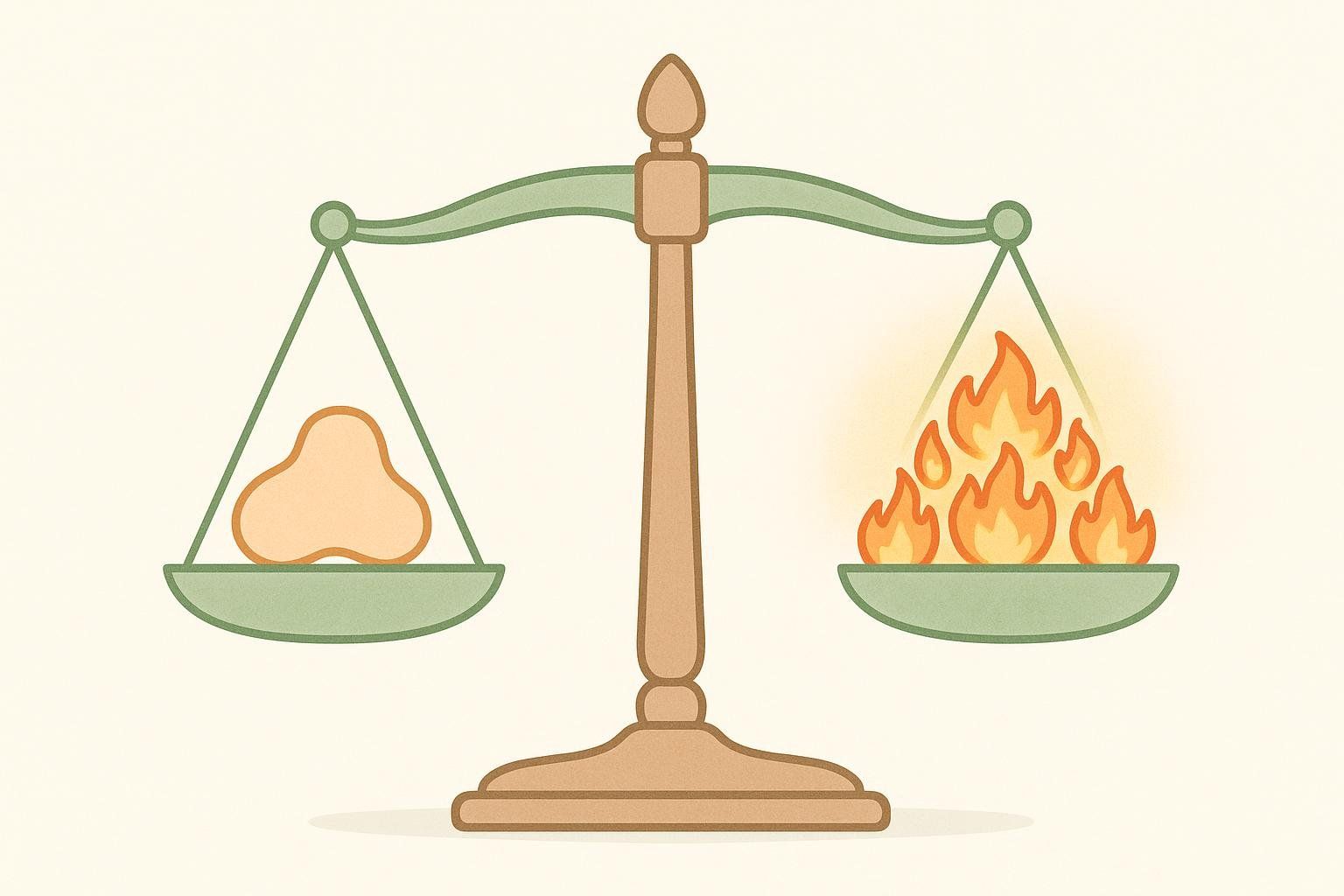
| Weekly Weight-Loss Goal | Calories to Burn | Miles to Run* |
|---|---|---|
| 0.5 lb | 1,750 | 17–18 mi |
| 1 lb | 3,500 | 35 mi |
| 1.5 lb | 5,250 | 52–53 mi |
*Assumes diet remains energy-neutral. Combining dietary cuts with running halves (or quarters) the mileage requirement.
Body-Weight Examples (ACSM Formula)
| Body Weight | Calories / Mile | Miles for 1-lb Loss |
|---|---|---|
| 120 lb | ≈ 90 | 39 mi |
| 150 lb | ≈ 113 | 31 mi |
| 180 lb | ≈ 135 | 26 mi |
| 210 lb | ≈ 158 | 22 mi |
12-Week Running Plans (3 Runs + 2 Cross-Training Days Per Week)
Beginner Plan
| Week | Weekly Mileage Target | Sample Key Workout for the Week |
|---|---|---|
| 1 | ≈ 4 mi | 8 × (1-min run / 2-min walk) |
| 2 | ≈ 5 mi | 10 × (1-min run / 1-min walk) |
| 3 | ≈ 6 mi | 12 × (90-sec run / 1-min walk) |
| 4 | ≈ 6 mi | 10 × (2-min run / 1-min walk) |
| 5–8 | ≈ 7–9 mi | 6 × (5-min run / 1-min walk) |
| 9–12 | ≈ 9 mi | 30-min continuous easy run |
Intermediate Plan
| Week | Weekly Mileage Target | Sample Key Workout for the Week |
|---|---|---|
| 1 | ≈ 6 mi | 20-min easy run |
| 2 | ≈ 8 mi | 25-min tempo run (1-mi WU/CD) |
| 3 | ≈ 10 mi | 35-min long, slow distance run |
| 4 | ≈ 12 mi | 8 × 200 m speed intervals |
| 5–8 | ≈ 14–16 mi | 5-mile long, slow distance run |
| 9–12 | ≈ 15–18 mi | 4 × 800 m intervals at 5 K pace |
Advanced Plateau-Buster Plan
| Week | Weekly Mileage Target | Sample Key Workout for the Week |
|---|---|---|
| 1 | ≈ 15 mi | Three 5-mile foundation runs |
| 2 | ≈ 18 mi | 6 × 400 m intervals |
| 3 | ≈ 20 mi | 8 × 45-sec hill sprints |
| 4 | ≈ 22 mi | 6 × 800 m intervals |
| 5–8 | ≈ 24–28 mi | 8-mile long run |
| 9–12 | 30+ mi | 10-mile progression long run |
Increase total weekly mileage by no more than 10 % to stay injury-free.
HIIT vs. Steady-State: Which Burns More Fat?
Below is a comparison using one common HIIT session (8 × 30-second sprints with equal rest; about 20 minutes total) versus a classic 45-minute steady jog.
| Metric | HIIT | Steady-State Run |
|---|---|---|
| Workout Time | 20 min | 45 min |
| Calories During | ≈ 220 | ≈ 450 |
| Afterburn (24 h) | Higher | Lower |

Mixing both styles—e.g., one HIIT day and two easy/long days per week—balances efficiency and recovery PureGym.
Nutrition Still Matters
Running mileage can’t outrun a daily mocha-frappé. Pair your plan with:
- A Sustainable Calorie Deficit. Aim to lose ~0.5–1 % of your body weight per week. A steeper deficit risks muscle loss.
- Sufficient Protein. Target 1.6–2.2 g of protein per kilogram of body weight.
- Smart Carb Timing. Place most of your carbohydrate intake around workouts to fuel performance while keeping total calories in check.
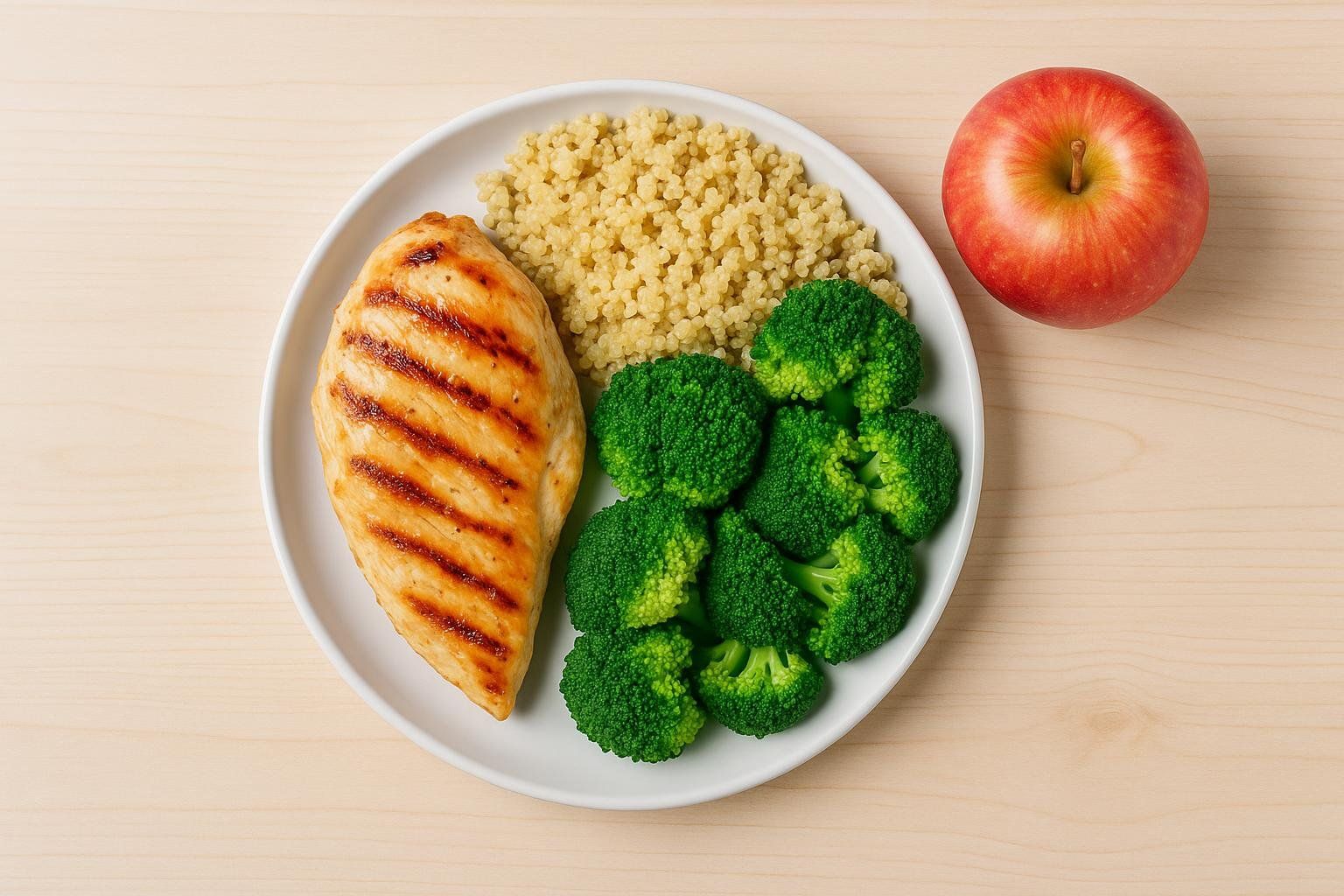
Need help finding your baseline? Start with our guide on Resting Metabolic Rate Explained.
Track Progress Beyond the Scale
While individual results vary, we often see clients who pair a structured running plan with smart nutrition achieve measurable fat loss while protecting lean muscle mass—confirmed by follow-up DEXA scans. Your results will be unique, but a scan provides the concrete data you need to track what’s working.
Book your first scan to see where the weight is really coming from—then adjust mileage or macros with precision.
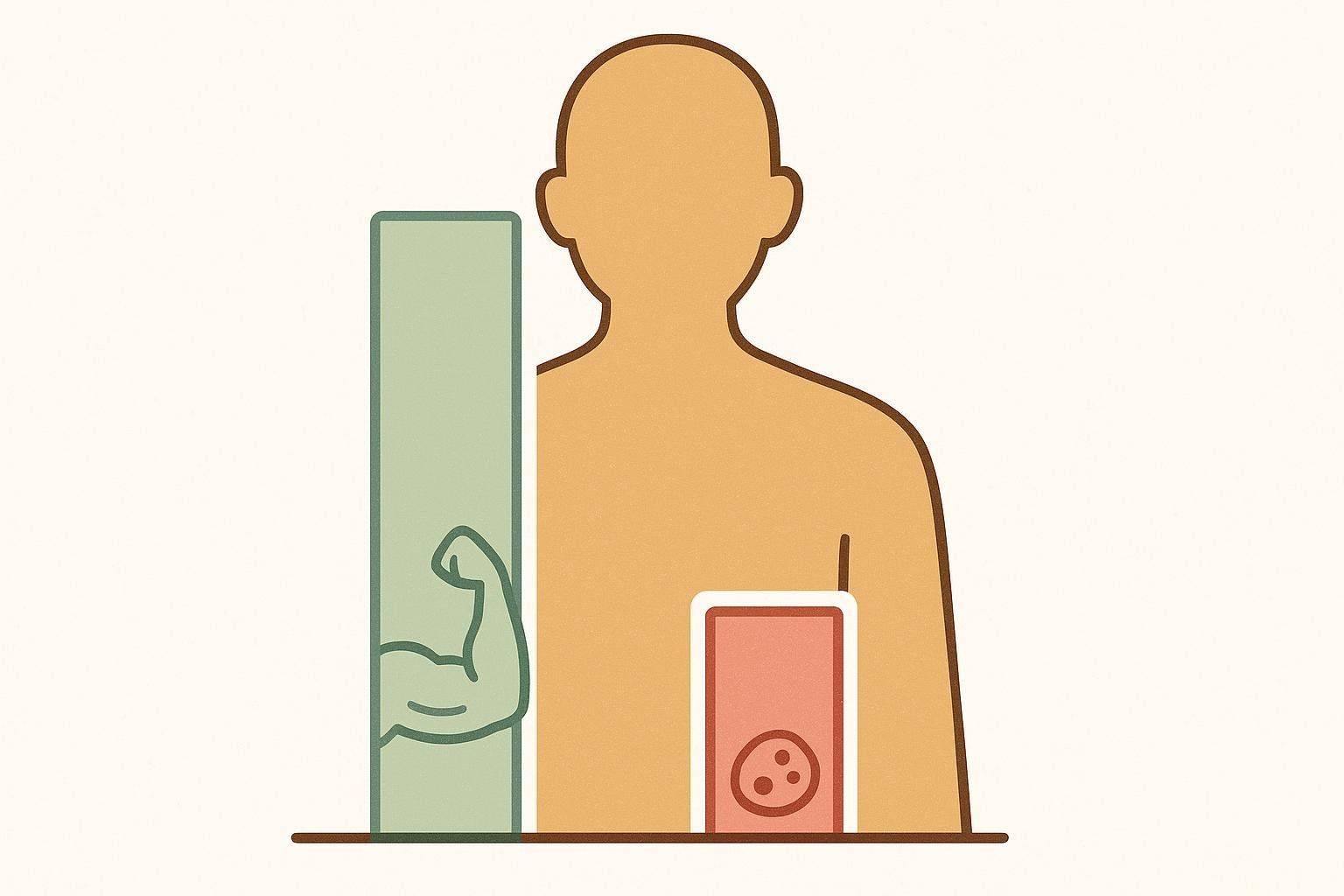
Injury Prevention & Recovery Checklist
- 10 % Rule – increase total mileage gradually.
- Strength Train Twice Weekly – focus on glutes, hamstrings, and calves.
- Proper Footwear – replace shoes every 300–500 miles.
- Mobility Minutes – foam roll calves and hips post-run and finish with a dynamic stretch routine.
Frequently Asked Questions
How soon will I see results? Many runners notice measurable fat loss in 3–4 weeks when combining three weekly runs with a 300–500-calorie daily deficit.
Can I lose weight running just 30 minutes a day? Yes. Three 30-minute sessions at a moderate pace burn roughly 900 calories for a 150-lb person—enough to lose ~0.25 lb per week if your diet stays consistent.
Do treadmills count? Absolutely. Calorie burn is similar, though setting the incline to 1–2 % helps mimic the effort of running outdoors.
Is it better to run in the morning or evening? Time of day has minor effects on performance but negligible impact on fat loss—the best time to run is whenever you’ll consistently do it.
Won’t running make me lose muscle? We frequently observe that runners who also strength-train and eat enough protein maintain—or even gain—lean tissue on their DEXA scan follow-ups.
The Bottom Line
You don’t need to run a marathon every week to shed fat. Most people can drop a pound per week with 35 miles of running OR 18 miles plus sensible diet tweaks. Mix steady runs with HIIT, respect recovery, and confirm your progress with periodic BodySpec scans. Your miles can melt into measurable fat loss—no guesswork required.

